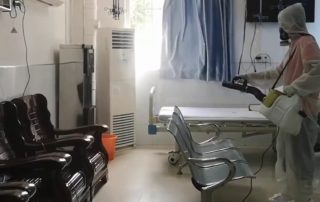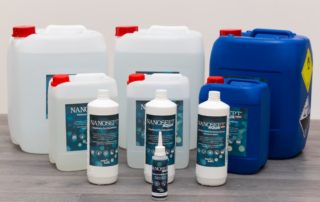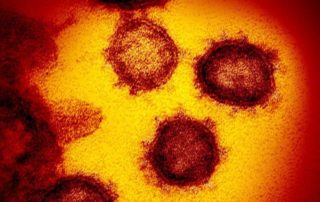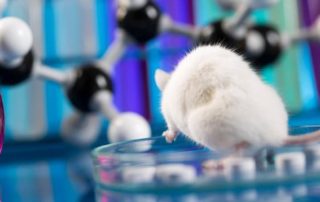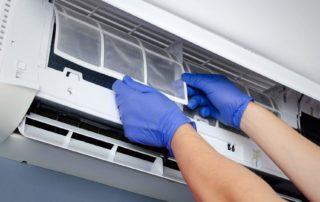The efficiency of disinfectants containing nanosilver and hydrogen peroxide – An international review
Numerous studies show that these, as well as other specific and non-specific pathogens, often contaminate the environment, including both porous (e.g. curtains, bedding) and non-porous surfaces (e.g. beds, medical devices). In health and social care institutions, disinfection of the environment is a fundamental task of infection control programs. However, the effectiveness of conventional disinfection procedures is adversely affected by a number of factors (e.g. small and/or untrained cleaning staff, unspecified levels of responsibility, type of surface to be disinfected, inappropriate use of disinfectants). In addition, these methods do not always remove pathogens (e.g. Clostridium difficile, methicillin-resistant Staphylococcus aureus, vancomycin-resistant Enterococcus, multidrug-resistant Acinetobacter baumannii). Experts are therefore increasingly emphasizing the need for innovative drugs and solutions (e.g. nanosilver, ozone, ultraviolet-C light, cold fog).


